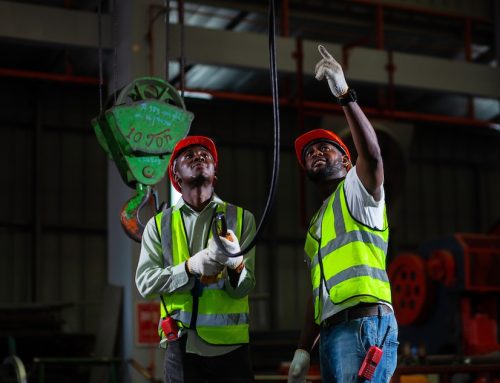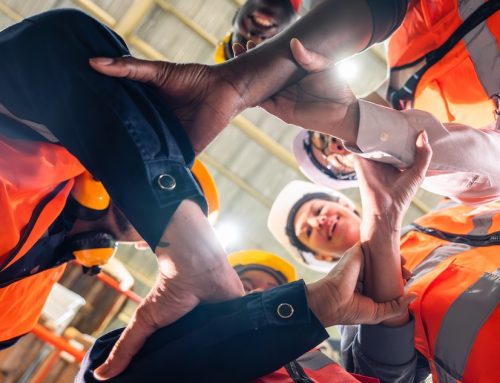Essential Safety Protocols for Heavy Equipment Movers
At GM Machinery Movers, we don’t just move machinery—we protect it, along with the people operating it. Moving heavy equipment is a serious job. From forklifts and cranes to massive presses and industrial machines, each lift and relocation comes with inherent risk. That’s why strict safety measures aren’t just best practices—they’re non-negotiables.
In this article, we’ll walk you through the most important safety protocols for heavy equipment movers, covering everything from communication to inspection. If you’re an equipment operator, site supervisor, or facility manager, these guidelines will help ensure your pieces of equipment are relocated safely and efficiently.
Why Safety Matters in Equipment Moving
Moving heavy machinery isn’t like loading boxes onto a truck. These jobs involve oversized loads, limited visibility, and tight spaces. The stakes are high—both in terms of physical risk and project cost. That’s why safety standards are built into everything we do.
At GM, every project begins with a plan focused on protecting personnel, machinery, and property. From site prep to loading and unloading equipment, here’s how we get it done the right way.
1. Conduct Pre-Move Inspections
Before a single piece of machinery is moved, we always visually inspect both the equipment and the tools we’ll be using. That means:
- Checking for leaks, cracks, or wear on pieces of equipment
- Confirming rigging hardware is rated for the heavy load
- Inspecting slings, chains, and cranes for fatigue
- Ensuring the transportation vehicle is road-ready and balanced
No move begins until we know every component is in good operating condition.
2. Use Proper Hand Signals and Communication
On loud or fast-paced job sites, clear communication is critical. Misunderstandings between signalers, operators, and ground crew can lead to serious accidents. That’s why we prioritize consistent, agreed-upon hand signals for guiding cranes, lifts, and heavy equipment.
- One signaler is designated to communicate with the equipment operator
- Radios are tested and fully charged as a backup
- All team members know when to stop a lift if something looks unsafe
This simple system prevents confusion, keeps operations smooth, and reduces the chance of dropped loads or unexpected movement.
Maintain Visibility and Mark Blind Spots
Effective communication also depends on visibility. Blind spots are one of the biggest risks when maneuvering large equipment or loads in tight areas. To mitigate that:
- We post trained spotters at blind intersections
- Cones and signage are used to define traffic flow
- Mirrors and cameras are kept clean and functional
- Unnecessary personnel are kept out of lifting zones
When visibility is limited, these extra measures ensure that everyone stays informed and safe.
3. Secure the Load with the Right Gear
Rigging the load properly is one of the most important steps in moving heavy machinery. That includes:
- Selecting the correct sling type and capacity
- Centering the load to maintain balance
- Using taglines to control swing during movement
- Adding padding or protection to sensitive surfaces
Every piece of equipment requires a different approach depending on weight, shape, and rigging points. Our team is trained to assess and execute accordingly.

4. Load and Unload with Caution
Loading and unloading heavy machinery—whether from a trailer or within a facility—requires precision and patience. Rushing this step risks serious equipment damage or injury. At GM Machinery Movers, we make sure each move is controlled and deliberate.
- We confirm the stability of ramps, docks, and surfaces
- Wheel chocks and leveling devices are always in place
- Movement slows near edges, inclines, or tight spots
- Team members monitor for shifting weight during motion
Even a few inches of uncontrolled movement can cause equipment to tip, slip, or strike nearby obstacles. Caution during this step protects both people and machinery.
Safe Climbing and Mounting Practices
Loading often involves climbing onto machinery or transportation equipment. To prevent falls and strain injuries, we strictly follow the three-point rule: always maintain three points of contact—two hands and one foot, or two feet and one hand.
This approach is especially important when working on slick, uneven, or unstable surfaces. A secure stance and steady grip go a long way in keeping your crew safe during loading and unloading operations.
5. Assign Clear Roles and Points of Contact
For every move, we assign a lead equipment operator and a site supervisor. This creates:
- A single chain of command for decisions
- Clear delegation of tasks
- Defined points of contact for questions or changes
Lack of structure creates confusion. Our team knows who to ask, who’s giving signals, and who stops the job if conditions aren’t right.
Train Continuously and Follow Safety Standards
OSHA, ANSI, and industry-specific regulations all define best practices for moving heavy equipment. But regulations alone aren’t enough. Our team trains continuously on:
- Emergency procedures
- Rigging and signaling
- Fall protection
- Proper use of PPE (personal protective equipment)
- Equipment-specific operation
We also keep records of certifications and retraining to ensure everyone meets the latest safety standards.
Monitor Weather and Ground Conditions
Even the most skilled movers can’t control the weather. We pause or reschedule lifts if high winds, lightning, or extreme temperatures are present. We also assess ground conditions, especially for mobile cranes or trailers.
If it’s raining, icy, or muddy, lifting a heavy load becomes much more dangerous. No schedule is worth compromising safety.
Document Everything
Last but not least, we document every part of the process:
- Pre-lift inspection checklists
- Rigging plans and lift diagrams
- Load weights and route details
- Incident and near-miss reports
Documentation not only keeps projects on track—it also protects your company from liability and ensures lessons are learned from every move.
Safety Isn’t a Step—It’s How We Work
At GM Machinery Movers, safety isn’t a task—it’s a mindset. Our crews are trained to treat every project like it’s the most important one of the year. By following strict safety protocols for heavy equipment movers, we reduce risk, protect your investment, and deliver results you can rely on.
If you’re looking for a moving company that takes safety as seriously as you do, contact GM Machinery Movers today at (713) 946-1696. Let’s move your equipment the right way—from start to finish.



